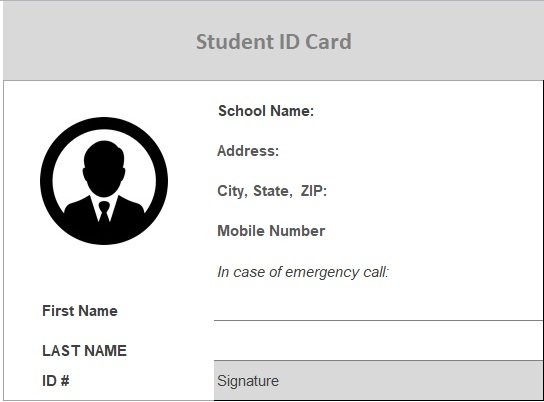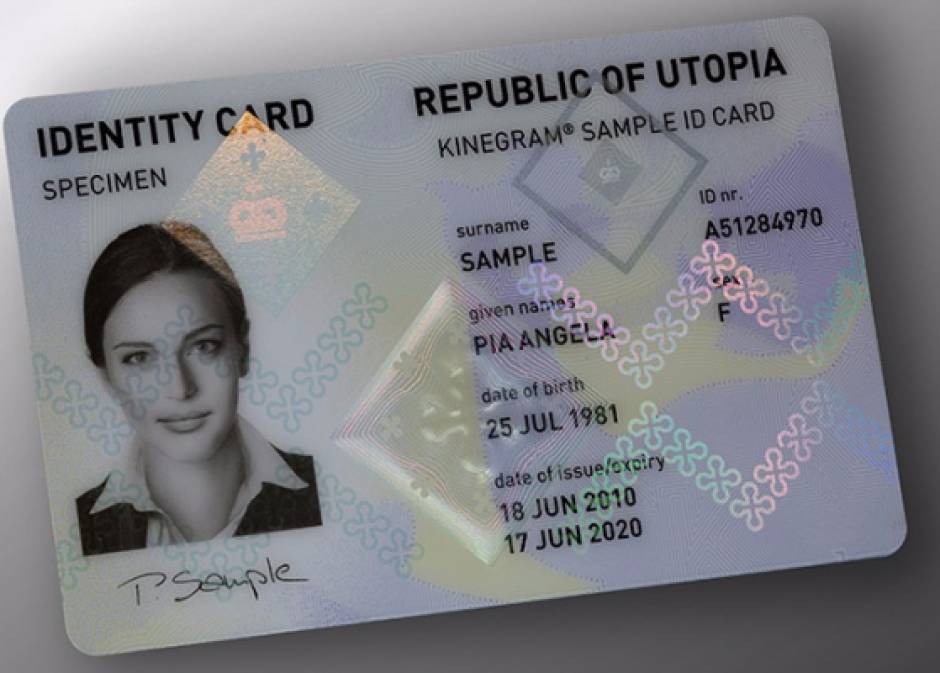
The back-and-forth makes the end product ever more indistinguishable from the real thing. It studies them and tries to come up with its own photos of people, while another part of the system tries to detect which of those photos are fake.

In essence, you feed a computer program a bunch of photos of real people. The creation of these types of fake images only became possible in recent years thanks to a new type of artificial intelligence called a generative adversarial network. Choosing different values - like those that determine the size and shape of eyes - can alter the whole image. system sees each face as a complex mathematical figure, a range of values that can be shifted. system to understand how easy it is to generate different fake faces. These simulated people are starting to show up around the internet, used as masks by real people with nefarious intent: spies who don an attractive face in an effort to infiltrate the intelligence community right-wing propagandists who hide behind fake profiles, photo and all online harassers who troll their targets with a friendly visage. If you want your fake person animated, a company called Rosebud.AI can do that and can even make them talk.


Adjust their likeness as needed make them old or young or the ethnicity of your choosing. If you just need a couple of fake people - for characters in a video game, or to make your company website appear more diverse - you can get their photos for free on. On the website Generated.Photos, you can buy a “unique, worry-free” fake person for $2.99, or 1,000 people for $1,000. There are now businesses that sell fake people.


 0 kommentar(er)
0 kommentar(er)
